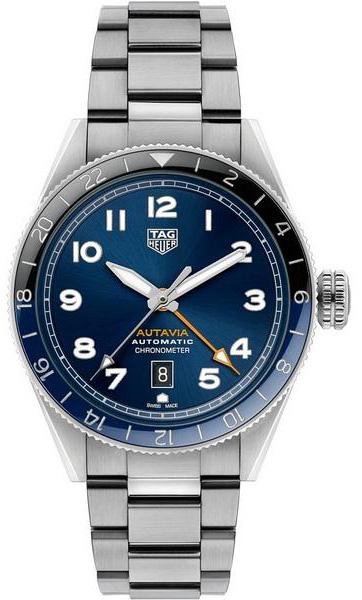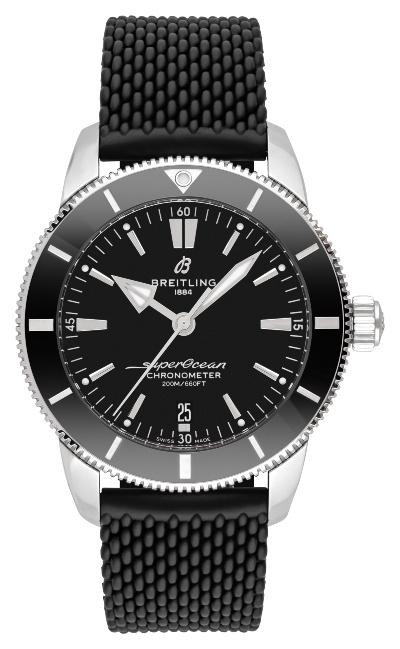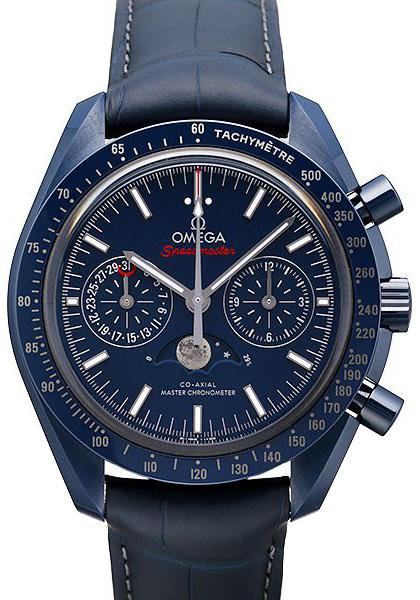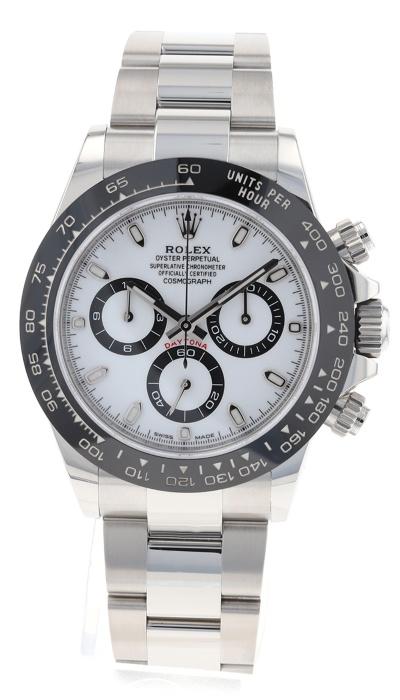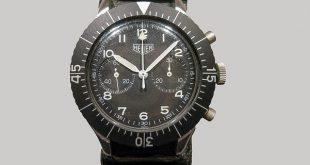« What does that mean? »
From Tissot to Omega: watch owners of all price classes know the problem of an automatic watch ticking too slowly or too fast. Not adjusted for a few weeks, the time indicator runs several minutes behind the exact digital clock. Your watch is slowing down? Our magazine tells you which rate deviations are normal, which reasons are responsible for the slowing down, and how you can restore the best possible precision to your automatic or hand-wound watch.
All mechanical watches run inaccurately
“My watch is always running behind!” Every day, German watchmakers and jewelers are confronted with distressed owners whose mechanical instruments noticeably deviate from atomic time. The intensity of the misalignment varies: While some time indicators reveal only three seconds of daily delay, others move several minutes away from the ideal time. We can reassure the former group: If the inaccuracy falls within the range of minus ten seconds to plus ten seconds within 24 hours, we can talk about a precise watch. Tiny differences in the mechanical construction and regulation ensure that two copies of the same watch model can differ noticeably from each other. Whether you catch a model that happens to be close to the zero-second deviation is a matter of luck. If you expect (approximately) perfect precision, you have to buy a quartz watch.

Which rate deviations are uncritical?
Is your watch slow? Watch manufacturers can influence the size of the window in which the potential deviation lies on the one hand by the quality of the components and construction of the caliber, and on the other hand by the position of the regulator in various positions. Gravity, friction and possible imbalances between movement components ensure that precision varies depending on the position of the time indicator. To compensate for this imbalance, the Swiss Chronometer Testing Center (COSC) prescribes five positions in which movements must be regulated: Dial up/down, Crown up/down and Crown left. At the end, the average daily rate deviation is calculated. The coveted certification is awarded in the following cases:
- Automatic watch loses: Up to minus four seconds per day is allowed.
Automatic watch gains: A maximum of plus six seconds daily is COSC-worthy.
The same standards apply to hand-wound watches. Luxury brands such as Breitling and Chopard use the renowned COSC process, as do more affordable manufacturers from Tissot to Hamilton, to guarantee customers a recognized minimum standard of precision.
Omega goes one step further with its METAS certification: regulated in six positions, the time indicators may advance by a maximum of five seconds (automatic watch loses: failed!) and must withstand strong magnetic fields of up to 15,000 gauss.
Rolex’s in-house “Superlative Chronometer” certificate is particularly strict: over plus/minus two seconds a day is not allowed. But as you can see, no mechanical system delivers one hundred percent precision.
Automatic watch is slow: Causes
The watch is slow – and now? If the deviation is noticeably more severe than the COSC tolerance, for example 30 seconds a day, action is required. Instead of taking action personally and, in the worst case, causing thousands of euros in damage, you should take the model to a watchmaker. The latter will first identify the reason for the malfunction, which can be of various natures:
- Revision required: Every mechanical movement requires regular maintenance (typically every five to eight years). In the course of this, primarily oils are changed and worn components are replaced. If this work is not done, massive inaccuracies result, up to and including drying out and damage to the caliber.
Coils are magnetized: smartphones, music boxes, magnetic clasps on handbags – mechanical watches can become magnetized by everyday influences. Harmless on a small scale, but extreme cases manifest themselves clearly: the automatic watch goes ahead – and for several hours! This is exactly the reason why the METAS certificate gives such high priority to magnetic resistance.
- Violent shocks: If the hairspring suffers a violent blow, its last handling can jump out of position. The result: the automatic watch slows down. Misaligned hairsprings and a stuck hairspring are also common causes.
Water in the movement: Diver’s watches need a regular check of their water resistance. If liquid penetrates the mechanics, damage will follow.

Watch is slow: Solving the problem
Not only for reasons of technical fascination, but also in everyday life, inaccuracies are problematic: If the watch is lame, unpleasant consequences result, from missing the train to being late for important appointments. Regardless of whether it’s a Hublot, Breitling or Chopard – massive inaccuracies have to be corrected by a professional. Often, a simple readjustment of the caliber is enough for the watchmaker to mitigate the after-effects. In other cases, a complete overhaul or repair is required. The longer one delays the necessary work, the more serious the damage and higher the costs. Those who keep to the intervals often get away with comparatively inexpensive cleaning. Even brand-new timepieces need a check: freshly broken-in watches should be checked for their rate behavior after a few weeks and readjusted if necessary.
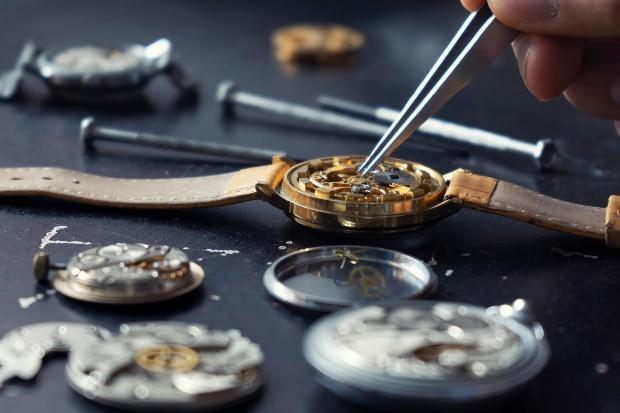
By the way, the quartz clock is not completely excluded from maintenance. Despite a new battery, many owners are surprised to discover: the time indicator slows down! The most common reason is aged lubricants in the gear train, which make it difficult to turn the gears, demand higher torque from the stepper motor and increase its susceptibility to errors. The digital clock is not susceptible to this problem, because the oscillations of the quartz are not passed on to mechanical hands via gear train, but to a digital counter unit.
Tips for the proper care of automatic watches
The automatic watch slows down – there are many causes and professional solutions as well. But what can you do independently to reduce the rate deviation and limit wear? An important factor is the nightly storage. The automatic watch is slowing down? Try a side position with the crown facing up. Conversely, a crown-down position can help “slow down” a watch that is running ahead.
In addition, excessive wear caused by extremely jerky hand movements should be avoided, because otherwise the hairspring could roll over or setting springs could leave their place. Strong temperature fluctuations also damage the movement, which is why many enthusiasts swear by wearing it on their wrist at night. When not wearing your watch for long periods of time, make sure to store it gently, clean your Hublot, Rolex and co. carefully and keep the necessary maintenance intervals. And no matter how detailed the video instructions on the Internet are: As a layman, you should never open the timepiece on your own to perform amateurish adjustments.
 Uhrinstinkt Magazine
Uhrinstinkt Magazine

